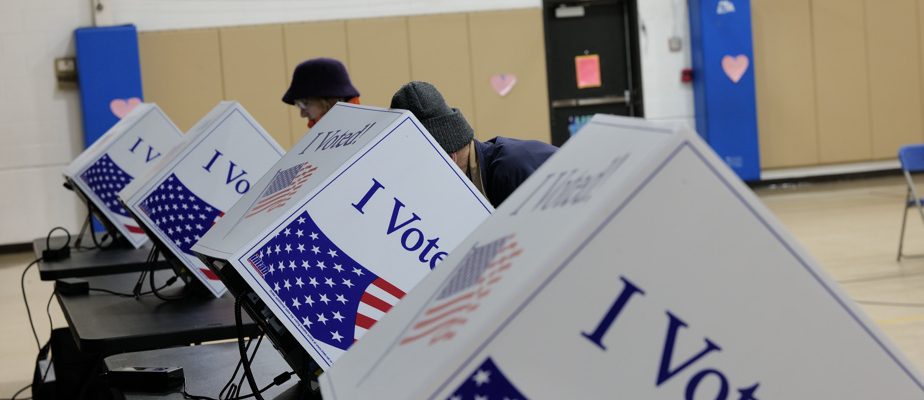In the United States, each state has its particularities and interests, which it would like to see put forward on the federal scene. This is somewhat the reason for the popularity of “Super Tuesday”… even if the strategy does not always work.
“Let’s say the goal and the outcome don’t really match,” Rebecca Eissler, an associate professor in the political science department at San Francisco State University, said with a smile in her voice. She points out that today, Super Tuesday looks more like a “national effort”, since it is the day when the most states vote at the same time, both on the Democratic and Republican sides, to nominate the official candidate of each party in the presidential election.
The possibility of standing out and having particular weight is less, except perhaps for pivotal states.
It forces aspiring candidates to be very strategic. They have to choose in which states they are going to spend and where they are going to run a real campaign, because it is not possible to be in all the places at the same time.
Rebecca Eissler, associate professor in the political science department at San Francisco State University
Tradition
The tradition of Super Tuesday dates back to the 1980s. Democrats in Southern states did not recognize their more conservative values in the speeches of very liberal aspiring candidates favored in other regions.
Alabama, Mississippi and Georgia therefore chose to hold primaries on the first Tuesday when it became possible across the country, after the states which have priority, in order to influence the race. Before aspiring candidates withdraw along the way, due to lack of sufficient support.
“It didn’t really work, and after that the more southern nature of Super Tuesday diminished,” says Barbara Norrander, professor emeritus at the University of Arizona and author of a book on the primaries. Now we have more Western or Midwestern states joining Super Tuesday. »
And no matter the results, parties in every state continue to view Super Tuesday as an important milestone. “There is a fear of losing influence”, illustrates Mme Eissler. This year, 15 states vote on March 5.
Multiple races
In the United States, elections are not only about the choice of a president: depending on the constituencies, voters may be asked to vote for members of Congress, but also for judges, school administrators, local candidates or to decide on referendum questions… The primaries also reflect this reality, and other nomination races take place at the local level at the same time as those for presidential candidates. The parties in each state must therefore take this into account when determining the date of the primaries.
California, for example, held its primaries in June, but chose Super Tuesday this year. “Having a presidential primary in March and another in June is very expensive,” notes Mme Norrander. So it was decided that in presidential election years, all primaries would be in March and in non-presidential years, voting would take place in June. »
The choice of date forces the various local campaigns to organize themselves around the primaries. “States must balance the benefit of holding the race earlier for the choice of presidential candidate with the burden that it imposes on local candidates in organizing their campaigns,” explains Casey Dominguez, professor at the University of San Diego. When you really think about it, it makes more sense for local races to hold their primaries later in the spring or summer. »
Voter behavior
This year, analysts are particularly interested in other races, for senator or representative candidacies, for example. Barring an unforeseen turnaround, there is no suspense surrounding the candidacies of Joe Biden for the Democrats and Donald Trump for the Republicans.

PHOTO EVAN VUCCI, ASSOCIATED PRESS ARCHIVES
Unless there is a surprise, President Joe Biden should be the Democratic candidate in the next presidential election.
The turnout of different groups of voters or the extent of support for an aspiring candidate can be indicative of future behavior in the November general election.
There are lots of different states going to the polls, so it’s a good idea to decipher the level of national support.
Jason Opal, professor in the history department at McGill University
The participation rate in the various primaries generally remains low. According to the Bipartisan Policy Center, some 80% of eligible voters do not vote in primaries – the rules vary by state, but party membership may be required in order to participate in this ballot to choose the representative of a political party . “Despite everything, I think that in general, the Americans would not want a process where they would be less consulted,” said Ms.me Eissler. After all, primaries were born because people didn’t have a say in the nominations. »
